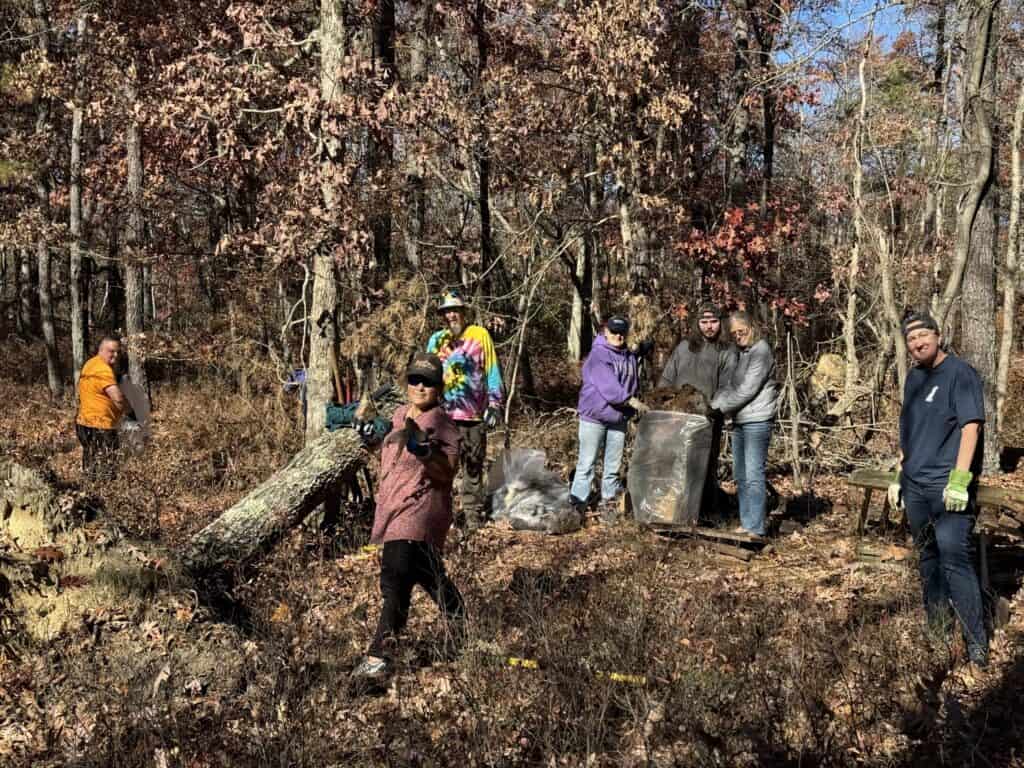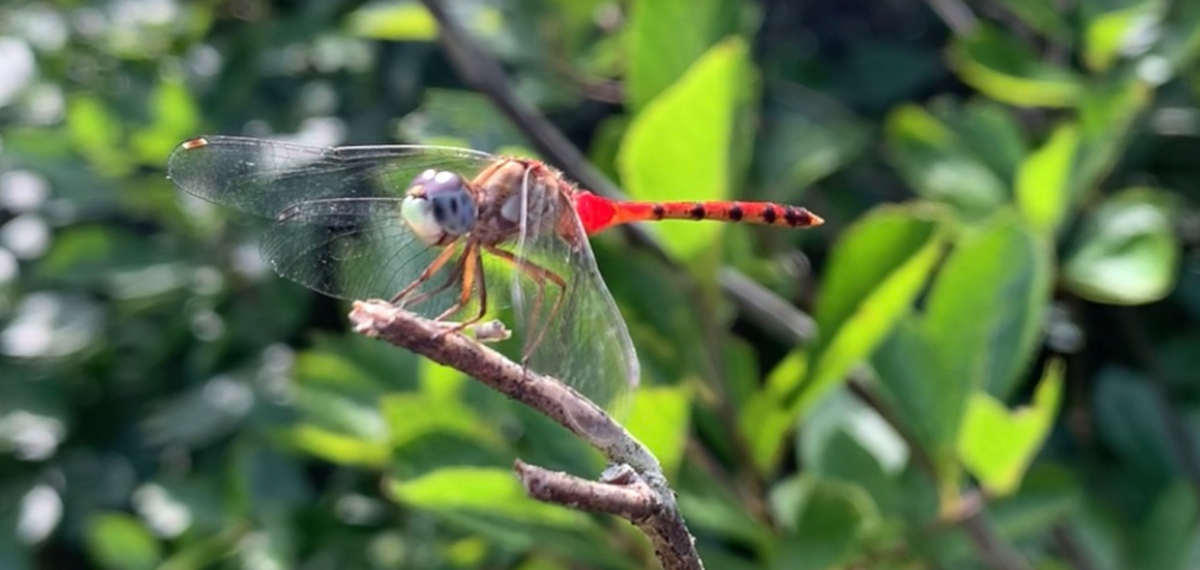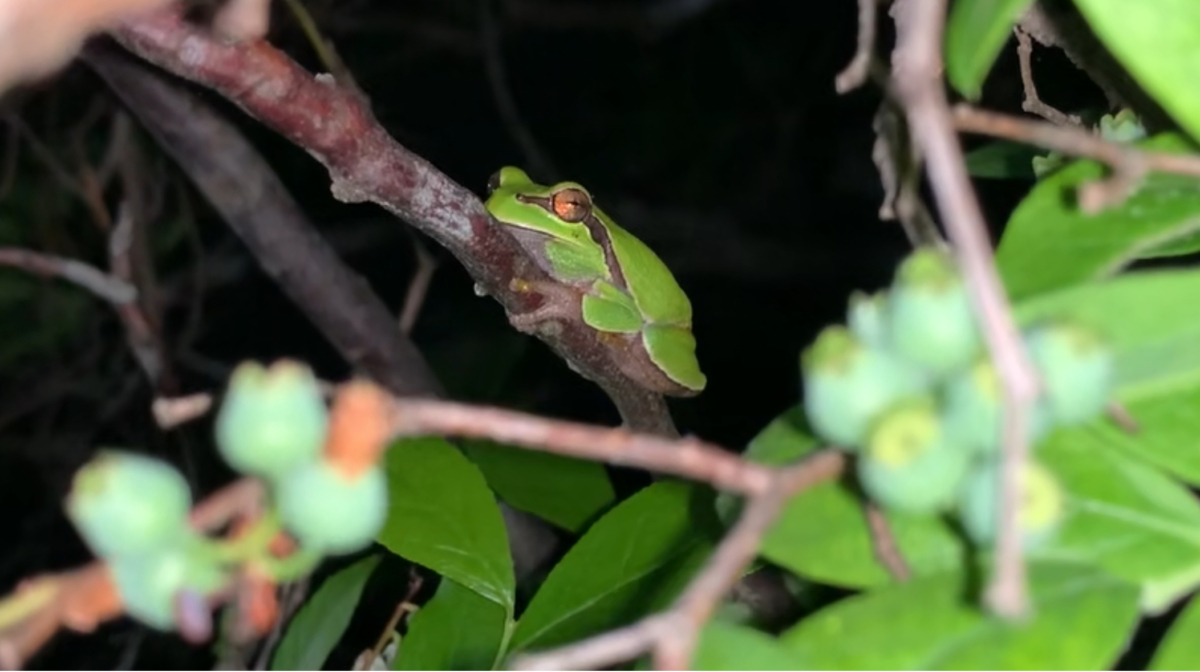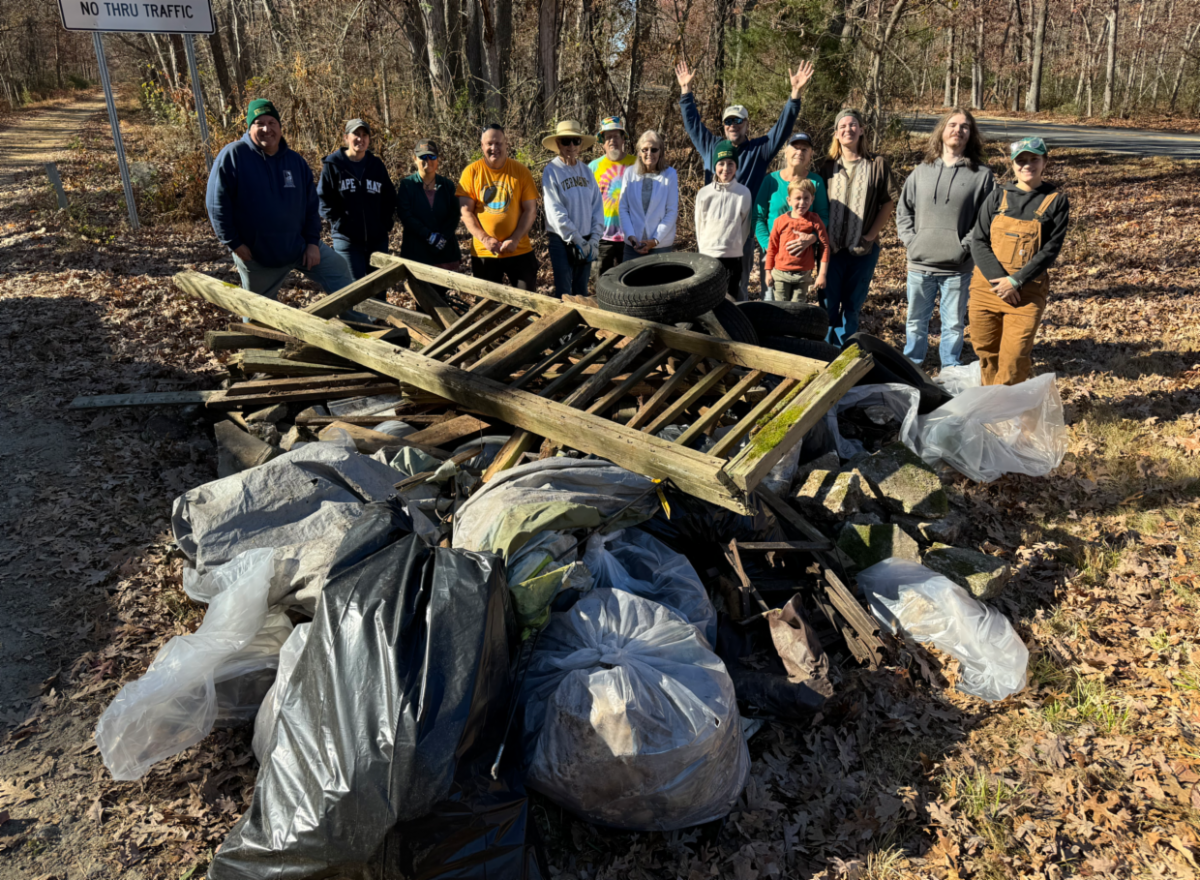Local Land Preserved

The preservation of 118 acres of open space in Vineland was recently announced by NJ Conservation. Its proximity to other conservation lands made the protection of this forested property critical to ensure wildlife habitat connectivity and also enhance the region’s resilience to the impacts of climate change.
The property is within two miles of NJ Conservation’s nearly 700-acre Menantico Creek Preserve and borders the New Jersey Department of Environmental Protection’s Peaslee Wildlife Management Area. It is also located across from a network of protected lands totaling more than 3,500 acres. Together, the forests spanning these lands act as a natural carbon sink, absorbing and storing atmospheric carbon dioxide, and help offset New Jersey’s greenhouse gas emissions.
NJ Conservation secured grants from the Open Space Institute’s Delaware River Watershed Protection Fund and the New Jersey Green Acres Program, as well as funding from Cumberland County, to support its purchase of the property.
Located in the Delaware Bay Watershed, the property includes a number of vernal pools—temporary bodies of water filled by snowmelt, rain and rising groundwater—and interconnecting wetlands habitat. The term vernal means “of, relating to, or occurring in the spring,” so it may come as no surprise that vernal pools are usually full during springtime. Certain kinds of wildlife rely on these pools for their very existence. Amphibians and insects in particular depend on this habitat to breed since there is a lack of fish that would otherwise feed on their eggs and larvae.
“We’re delighted to have been able to preserve more than 100 additional acres near the downtown areas of Vineland and Millville, which will improve residents’ quality of life by protecting water resources and local green space,” said Alison Mitchell, executive director of NJ Conservation. “The vanishing upland forests in the Delaware Bay Watershed are home to a wonderful diversity of plants and wildlife, and our longstanding conservation efforts in this region are more important than ever.”
The newly preserved property contains headwaters for the Manumuskin River, a tributary of the Maurice River, which is federally designated as part of the National Wild and Scenic Rivers System. Citizens United to Protect the Maurice River and Its Tributaries (CU Maurice River), a nonprofit organization, played an important role in advocating for the property’s preservation and leading a cleanup of the property during the preservation process.
CU Maurice River Naturalists, who regularly visit the property to study and catalogue Odonata—an insect order comprising dragonflies and damselflies—as well as amphibian and other wildlife species, have noted that the vernal pools here support a high degree of biodiversity. Among nature enthusiasts, the site is known to benefit from one of the most robust dragonfly communities in sheer size and diversity, even hosting the strikingly colorful blue-faced meadowhawk. The pools are also known to host Odonata later into the season than anywhere else in New Jersey north of Cape May County, as late as November and December.

Sympetrum ambiguum, the blue-faced meadowhawk, is a dragonfly of the family Libellulidae, Odonata order. It is found from summer through fall close to water sources. BELOW: Pine Barrens tree frog, spotted at a CU Maurice River Frog Slog. Photos: KARLA ROSSINI

An exceptionally large population of Pine Barrens tree frogs also inhabit the property. Pileated and red-headed woodpeckers are among the other species found here.
“We have run our Annual Frog Slog at this property many times over the years. We have come to cherish it as a place of wonder for children and their adults. Together at this site each year we witness the wealth and variety of life hosted by this vernal pool,” said Karla Rossini, executive director of CU Maurice River. “When CU Maurice River learned that the property had become vulnerable to development, we brought the property to NJ Conservation’s attention and advocated locally for support. With the combination of our eyes and ears on the ground, and NJ Conservation’s well-honed skills as a statewide land protection organization, this property will now be protected into perpetuity for the enjoyment of future generations.”
The preserved land has been designated as a “core area” by the New Jersey Department of Environmental Protection’s Connecting Habitat Across New Jersey (CHANJ) project. CHANJ represents a strategic plan for wildlife conservation by identifying key areas and actions needed to achieve habitat connectivity throughout New Jersey.
The property also sits within the state-designated Pinelands Area. This designation was established by the New Jersey Pinelands Protection Act of 1979 to regulate land use within the Pinelands to protect its environmental and natural resources. The State Pinelands Area encompasses more than 900,000 acres—19 percent of the total area of New Jersey.
New Jersey Conservation Foundation recognizes that this property, like the rest of New Jersey, is part of the traditional homelands of the Lenape people. We pay respect to the Lenape and other Indigenous caretakers of these lands and waters, those who lived here before, and the generations to come.

LOCAL LAND PRESERVED:
Wild and Scenic Manumuskin River Watershed
Thank you to all of the CU volunteers who assisted in the cleanup of this property. Your stewardship was a key factor in preserving this land for the enjoyment of future generations. We are also especially appreciative of the excellent work that our partners at New Jersey Conservation Foundation accomplish in Down Jersey and across the state.
—Karla Rossini, executive director, CU Maurice River









